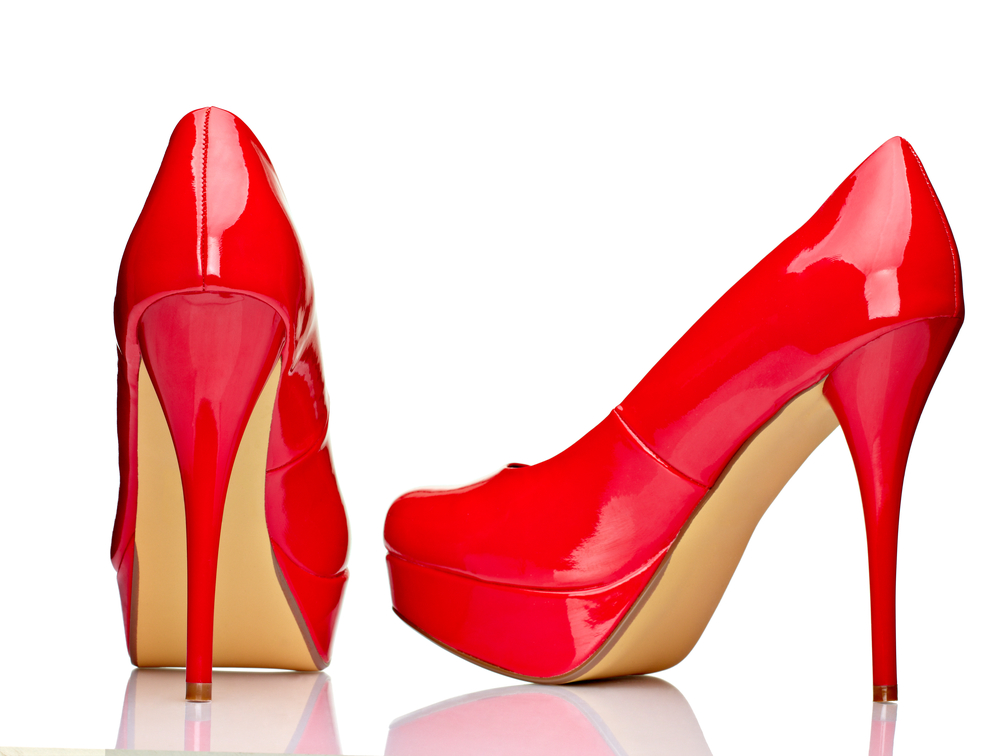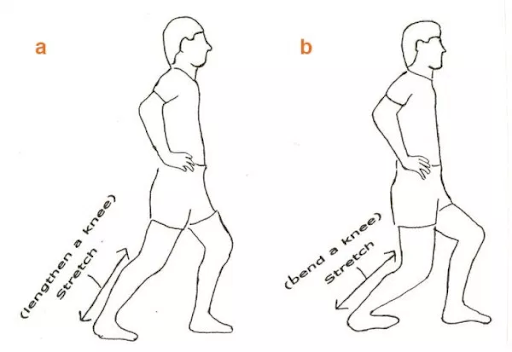
Many ladies love to put on a few inches on the heels for some extra glam to their look. Elevating our heels by a few inches changes the whole biomechanics of being upright bipedals and may cost your body the price of that glam. Here are a few of those price tags and some tricks to help from our physiotherapists at Capital physiotherapy.
1. Forefoot pain
Being on high heels shifts the centre of gravity forward. The normal load transfer from the heel, side of foot, ball of the foot then to the big toe; is disrupted. Instead, it puts pressure focally on the forefoot throughout the stance phase of our gait. As our forefoot is not designed to be solely taking our full body weight, it then can be overload and sore overtime. This is worse when the heels are closed and pointed, where the shoe is too narrow for the forefoot to spread out sideways. The little muscles in the forefoot that react to loading for balance are not in the position to control the weight acceptance process.
2. Calf pain
In every gait cycle, the calf muscles lengthen when the heel strikes to store energy and shorten as we push off. High heels keep calf muscles in a shortened position and make it difficult for the calf muscles to do its job in propelling us forward. This can then result in tightness and fatigue in the muscles and eventually pain.
3. Knee pain
The forward shifting of the centre of gravity does not only affect the forefoot but it also puts a lot of extra loading on the knee cap. It can cause problems with mal-tracking of the knee cap or painful knee joint simply from overloading.
4. Lower back pain
Another consequence of the anterior shift of the centre of gravity is the excessive lower back extension (arch back) in an attempt to balance our upper body on the legs. Such posture changes how our body weight is distributed on the spine and can aggravate lower back pain.
Here are a few tips to look after your body when you wear high heels:
- Have frequent timeouts when wearing them. Have a sit to stretch out your forefoot and wriggle your toes when you can.
- Minimise time of wearing them. For example, if you have to wear them at work. Consider wearing supportive flat footwear when getting to and from work, and only put the heels on when needed.
- If possible – wear lower heels instead of high heels. The amount of load on the forefoot is proportional to the height of the heels.
- Do frequent calf stretches (with barefoot not with heels on) – hold for 30secs in each of these positions on each side 3 times a day.

If you are experiencing any pain from wearing high heels. Feel free to contact Capital Physiotherapy us at 0401 865 333 or email us at info@capitalphysiotherapy.com.au to speak with our friendly physiotherapists.

